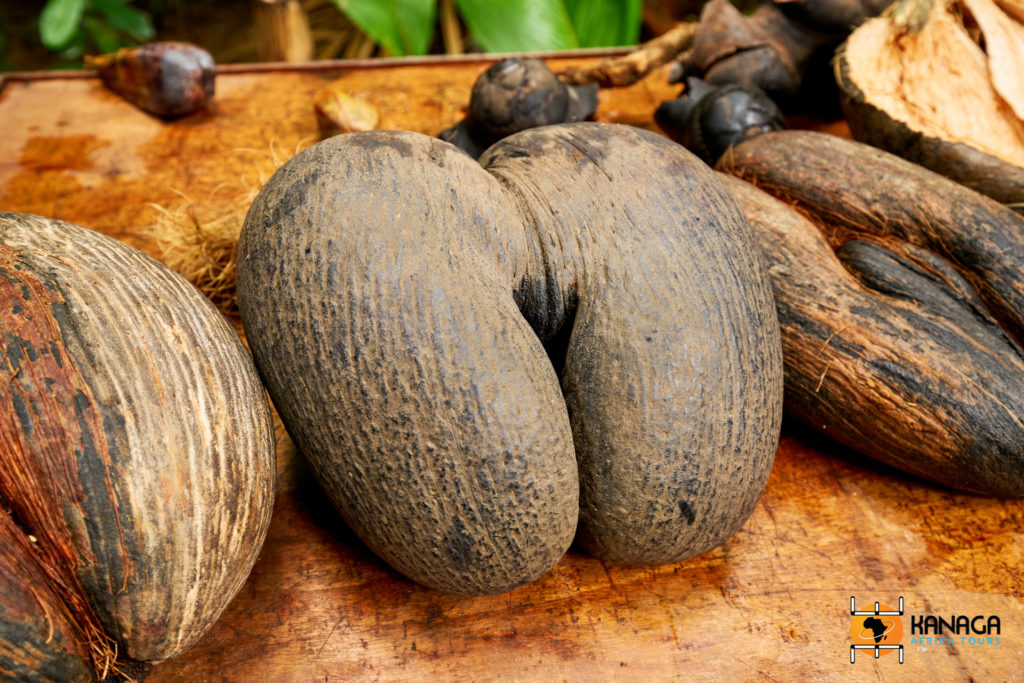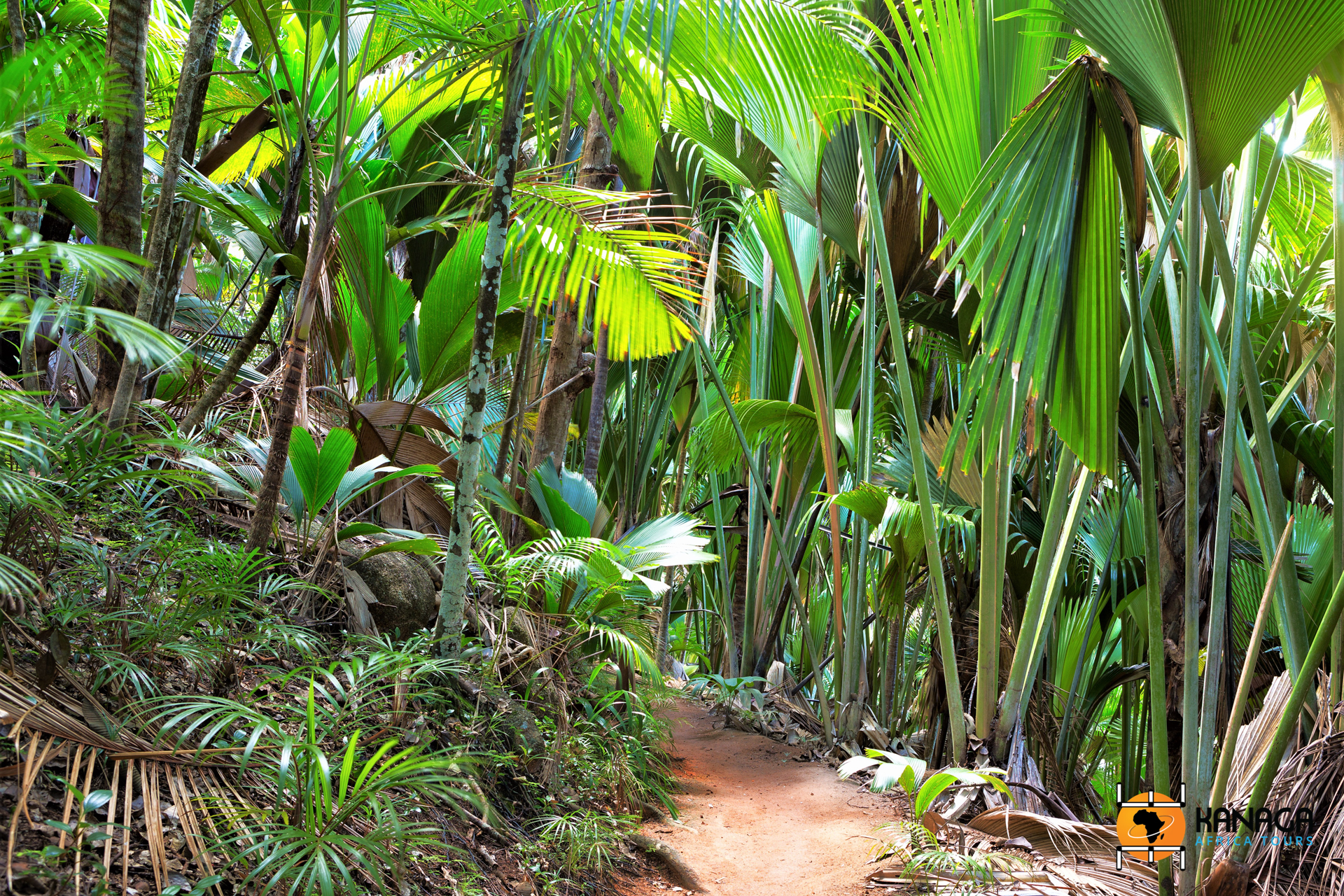According to General Gordon, the mythical Garden of Eden was to be found on Praslin Island, a veritable paradise on earth of lush endemic vegetation, framed by white beaches and granite rocks of rare beauty, lapped by the crystalline hues of the Indian Ocean. It’s a riot of bright colour scales of emerald green contrasting with the blinding white of the sand as fine as talcum powder, of surreal and transparent gradations of the turquoise of the water and the blue of the sky.
Postcard-perfect images in Praslin, one of the most beautiful islands in the Seychelles state/archipelago. While one is spoilt for choice among the paradisiacal beaches, the May Valley, an environmental reserve that fuelled Charles Gordon’s romantic theses, and part of the larger Praslin National Park, which is home to endemic species of flora and fauna, unique in the world, is a real natural jewel.
The sea coconut grows wild here, a rare and valuable species of palm that has earned the area UNESCO World Heritage status, whose female nut takes on the curious heart shape, similar to buttocks, and is therefore ironically called ‘cocofesse‘.
Christened ‘Palm Island’ by the first explorers, due to its vegetation density that includes, among others, as many as six endemic species of palm trees, Praslin soon became a veritable treasure island, not only for its marvellous beauty, but above all for the market value that the unique and extremely rare sea coconuts reached, on which much of the island’s economy is still based today, but also the focus of environmentalist policies to protect this endemic species.
There are 3 main trails that cross the Mai Valley, taking you through the reserve’s enchanted arboreal settings, embellished with waterfalls and streams. Easily navigable itineraries, assisted by some signposts (or the help of local guides) that will explain the various botanical species that grow in the park and the numerous endemic insects, reptiles and birds, including the black parrot, that populate its foliage, up to the discovery of her “majesty” the cocofesse nut, whose female specimens can only be harvested once they fall to the ground spontaneously and marketed in a strictly controlled and government-certified manner. It’s a true rarity that is paid several hundred euros, or thousands, on the market, depending on the perfection of its shape, and much coveted by sculptors, cabinet-makers and collectors in general.
If the Mai reserve is rather frequented by hikers, to the south of the Fond Ferdinand island is a more decentralised and isolated alternative, where one can admire the prodigious cocofesse, which reach up to 25 kg in weight, amidst equally lush vegetation and a magnificent view of Saint-Anne Bay and the islands that dot the horizon.





